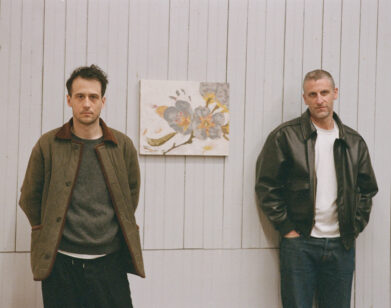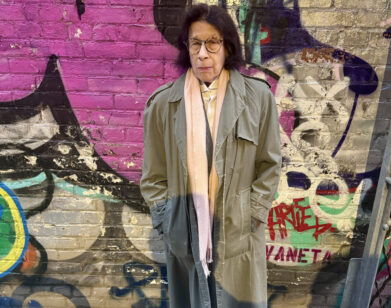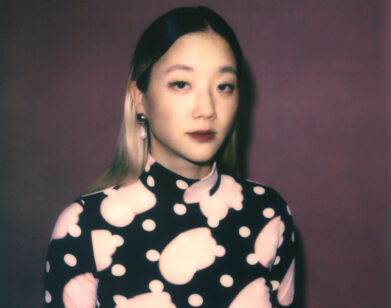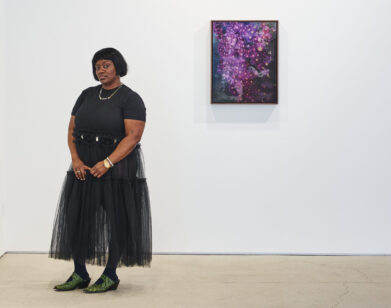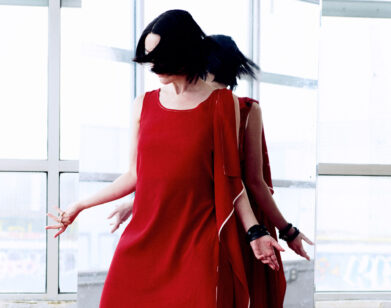Can’t Distract From Malick Sidibé
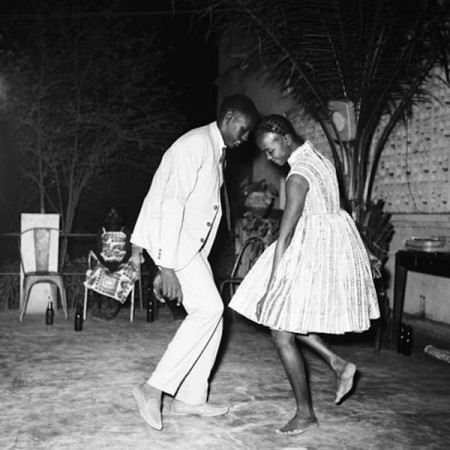
The agnès b. Galerie Boutique in Soho might not seem the ideal space to stage a solo exhibition of works by photographer Malick Sidibé, given the distraction of, well, the racks of clothing. But given the subject of the work, which focuses on street and nightlife culture in Bamako, the capital of Mali, during the 1960s and ’70s, the photographs seem right at home in a sartorial setting. Unabashedly joyful, and oozing with hormones, the images depict tall, lanky men peacocking in perfectly tailored bell bottoms and platform boots, and glistening young women in minidresses and sandals. More than just advertisements for a lifestyle that today seems surprisingly modern, they are the embodiment of the period right after Mali was liberated from the French in 1960, when the country, drunk on freedom, was throwing impromptu dance parties on the banks of the Niger River.
A hybrid of the studio photographer Man Ray, and the Polaroid camera-wielding Andy Warhol, Sidibé opened his photography studio in Bamako in 1957. There, he invited stylish young people to come pose for black & white snapshots on their Vespas, in get-ups inspired by the latest fashions trickling down from Paris. In the evening, Sidibé, trained as an event photographer, would hit the nightlife scene, hopping from dance to dance to capture kids who for the first time were able to come out in public holding hands, swaying close, and losing their inhibitions in front of the camera. Eventually, the studio itself became a party, a place where figures like couturier Amadou Ballo—featured prominently in the exhibition—and his retinue of stylish protégés could come to show off their newest accessories, and hang out until 6 am.
Large prints include Les deux Amoureux devant leur villa (1977), a powerful image of an entangled couple lounging on the floor of Sidibé’s studio, the woman’s direct gaze into the lens of the camera a challenge to anyone who might disapprove of her kissing her man. Most moving of all, however, is Nuit de Noël (1963), a tiny print on the back wall, which depicts a gorgeous pair in crisp white outfits, dancing in perfect synch, their heads bowed in supplication to one another. More than just capturing a specific moment in time in Bamako, the longing the image evokes is universal.

